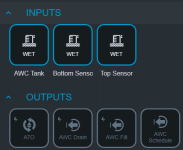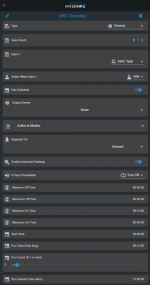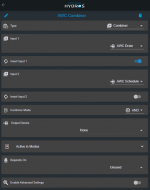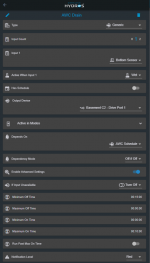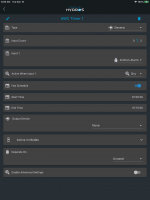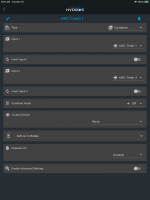Scharapenko
New member
I imagine an auto water change system could be done fairly simple. 2 pumps running on the drive ports or wifi strips and 2 optical sensors on the sense ports. Having the control shut off the auto while running AWC. Has anyone set this up yet using there control4 ? What would be other setting to enter? Maximum on time? Possible alerts?
Thanks
Thanks

